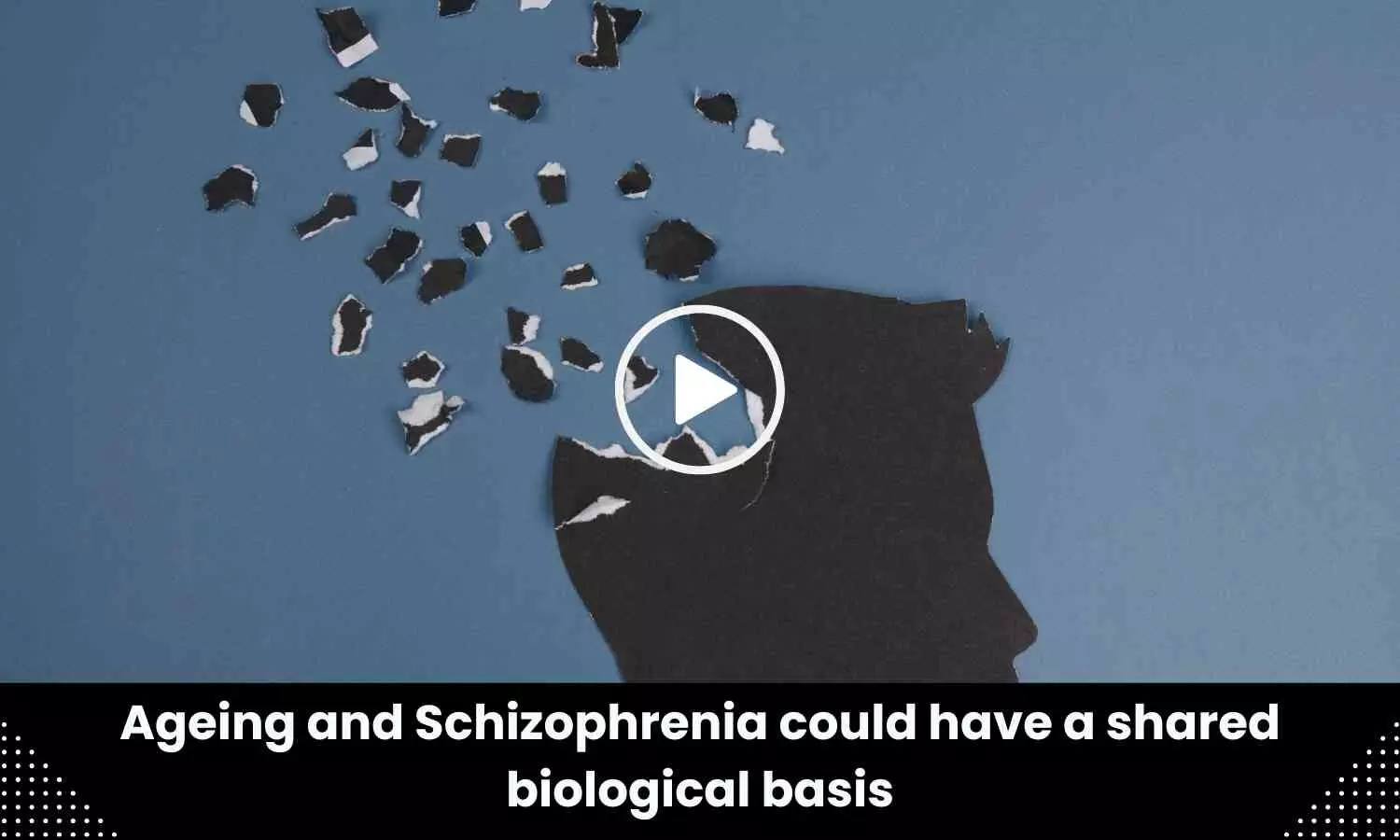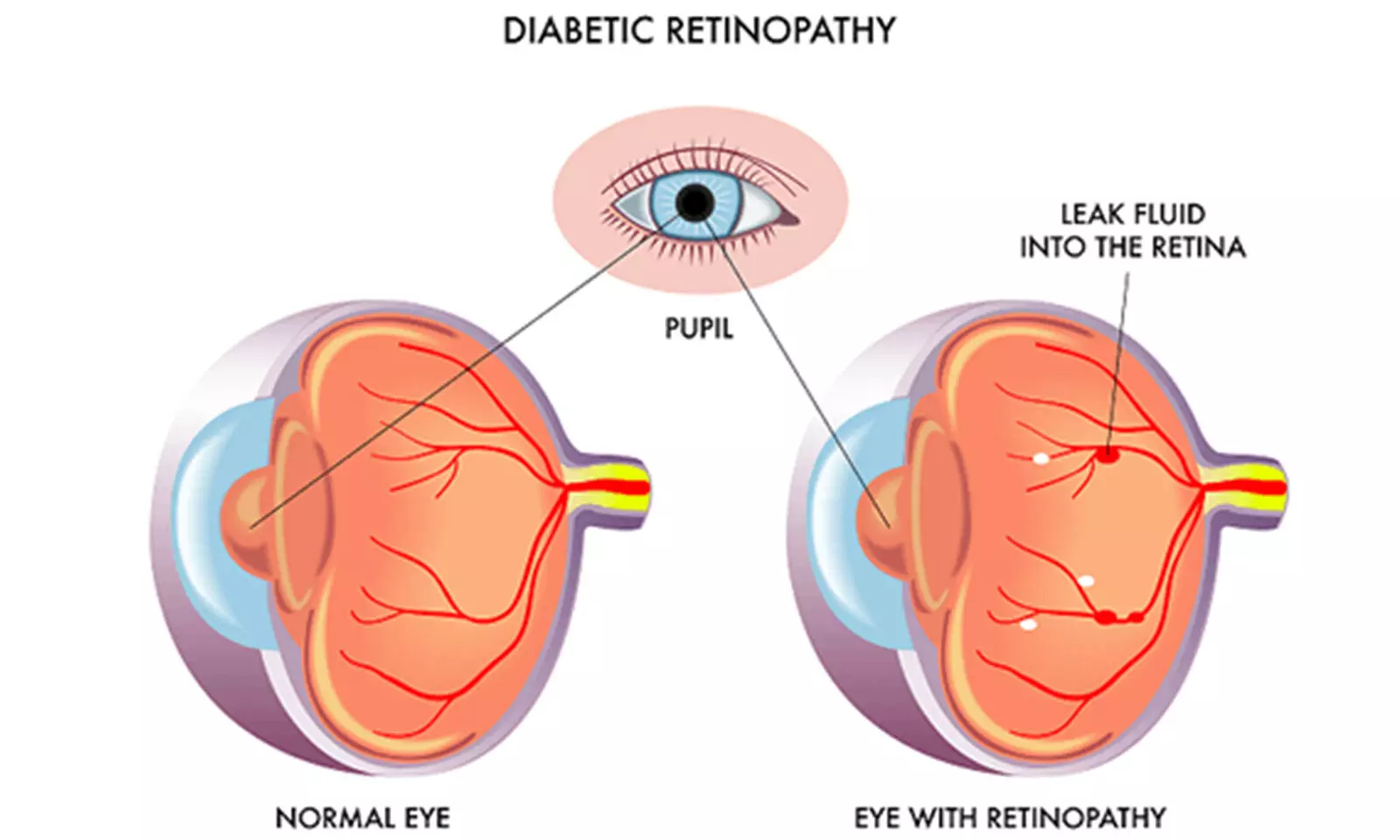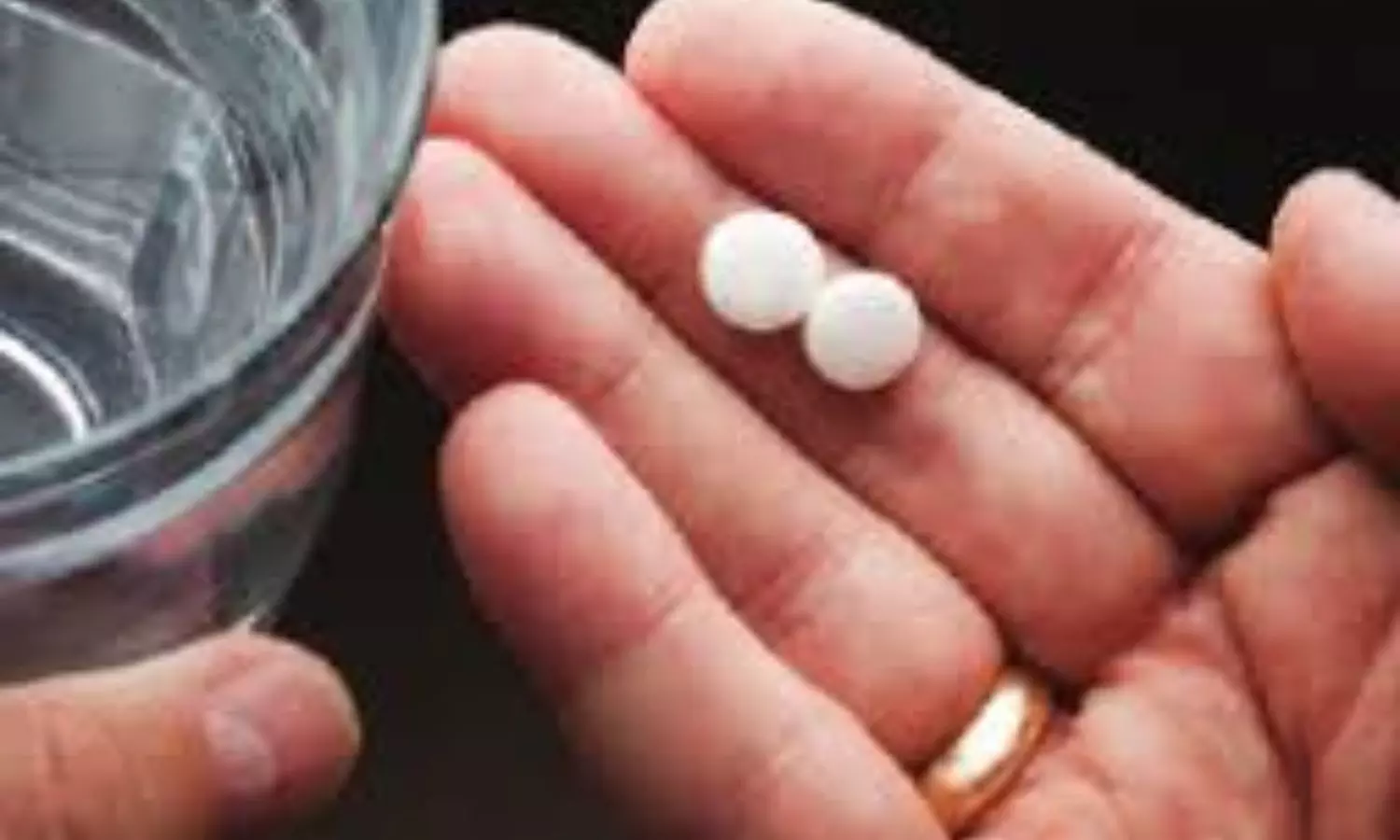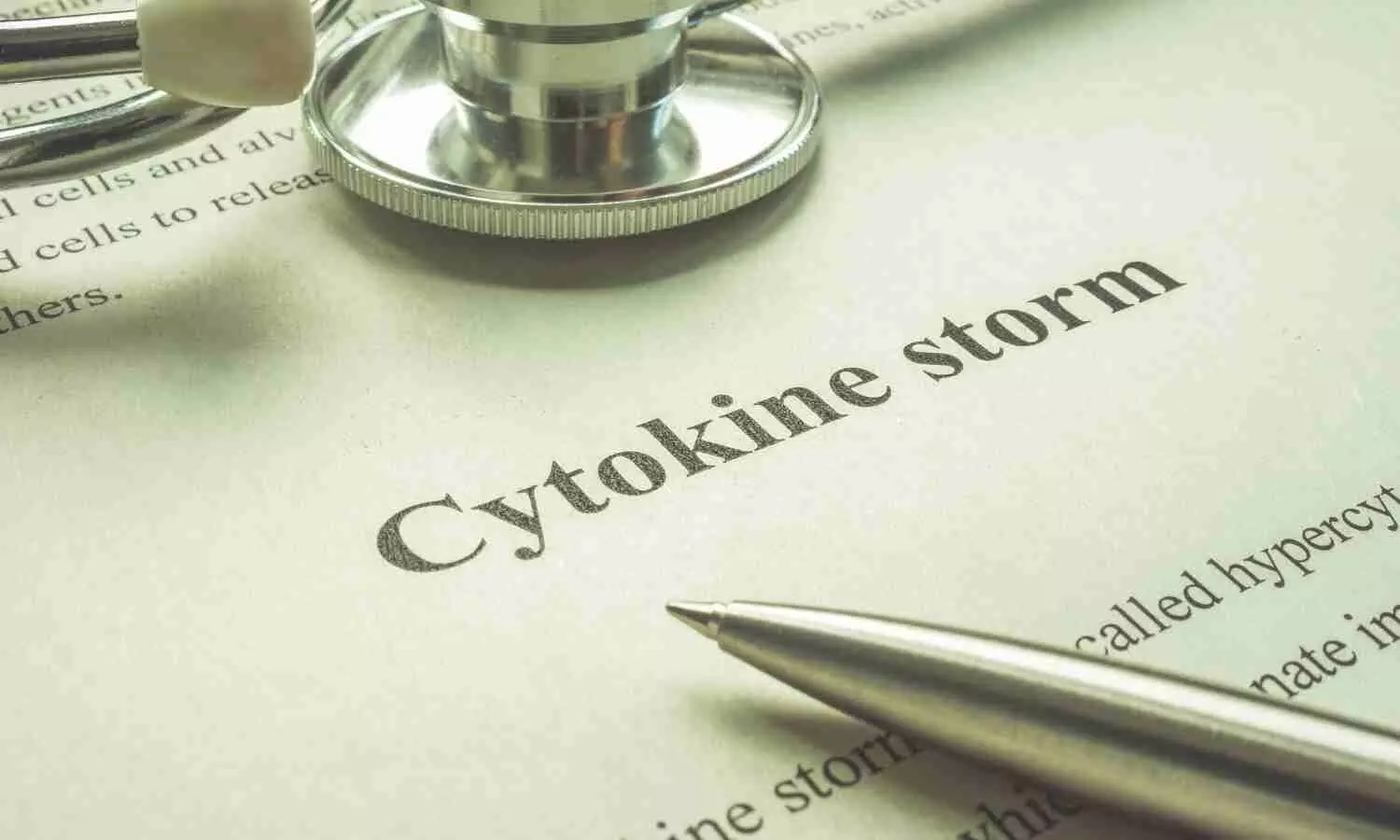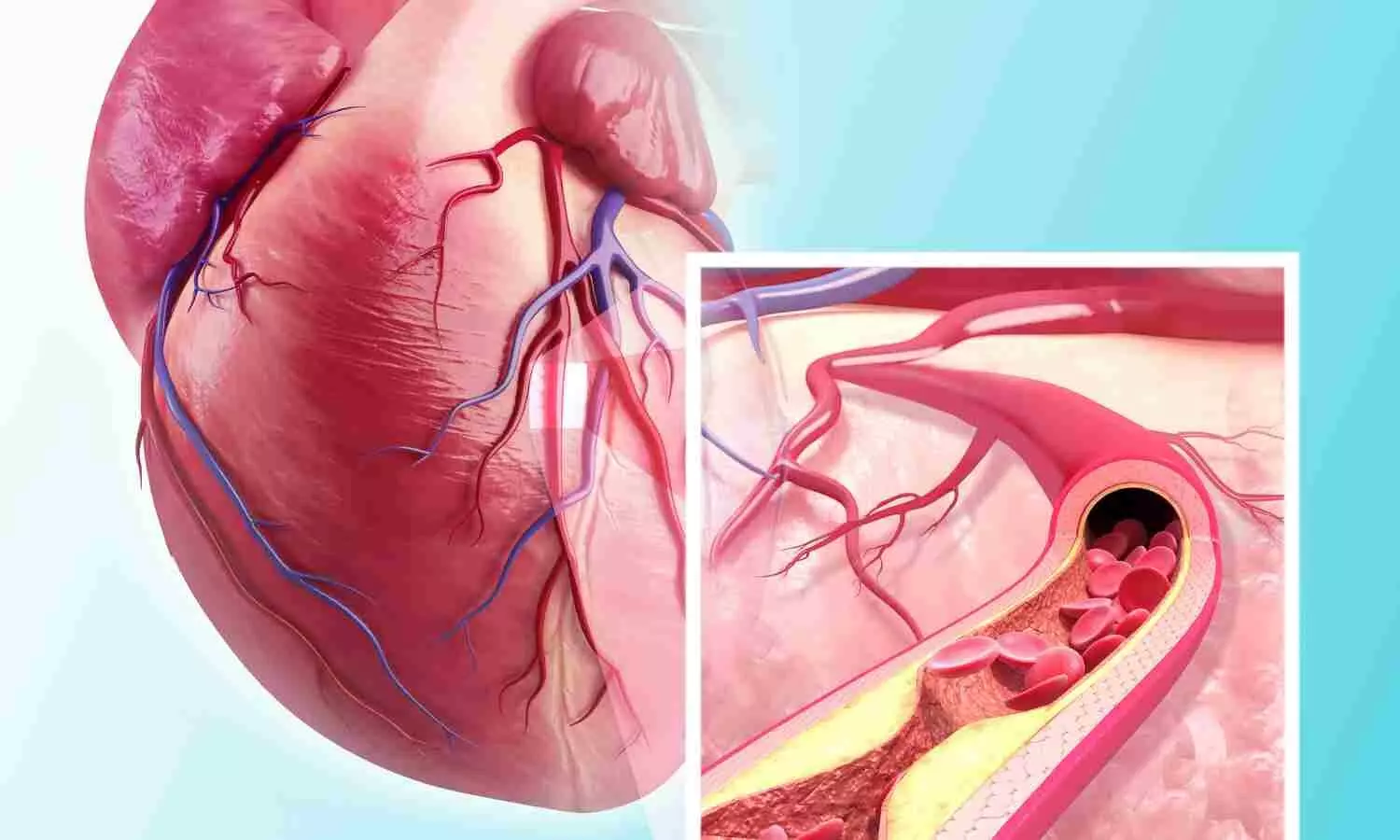Odisha HC directs OCMR to devise methods to curb fake doctors menace

Cuttack: In its ongoing effort to curb the fake doctors’ menace in the state, the Odisha High Court on Tuesday asked Dr Bijay Kumar Mohapatra, the president of the Odisha Council for Medical Registration (OCMR) to develop a method for identifying fraudulent allopathic doctors.
The court issued this directive following a previous order, asking him to appear in person to the court and share his views on effectively tackling the problem of fake doctors.
Subsequently, he appeared before the court on Tuesday and assured the judges that he would put forth definite suggestions to meet the challenges of the menace of fake allopathic doctors after consulting with the National Medical Commission and commissioner-cum-secretary of the Health & Family Welfare department.
Also read- Quack Practising For 40 Years Arrested In Guwahati
“We expect that while placing the suggestions in court, the president of OCMR may also consider the mode for identification of genuine allopathic doctors so that even an illiterate person living in a remote area can identify them and distinguish between a genuine doctor and fake doctor,” said the court as reported by TOI.
The court has asked him to file an affidavit regarding the issue on March 27.
The division bench of Chief Justice Chakradhari Sharan Singh and Justice MS Raman was hearing a PIL on fake doctors filed by the Odisha State Legal Services Authority.
Medical Dialogues team had earlier reported that Amicus curiae Gautam Misra had earlier suggested the creation of a comprehensive online database of all medical practitioners in the state, which will be accessible to the general public to crosscheck the genuineness of all medical practitioners. The court had directed the state government to consider implementing the suggestion as well.
Informing the court about the database of doctors registered by OCMR, Dr Mohapatra said, “While 31,355 allopathic doctors have been registered, the scrutiny of their certificates and other particulars are underway. After validation, the database of allopathic doctors will be placed on the OCMR website”
During the session, the court expressed dissatisfaction with the state government’s response in an affidavit in pursuance to orders issued by it regarding the surveillance mechanism to identify fake doctors.
It said, “It is unfortunate that the affidavit does not address at all the issues as regards surveillance mechanism taken note of in the court’s order on June 22, 2023.”
As a result, the court has directed the commissioner-cum-secretary of the Health & Family Welfare department to file an additional affidavit on surveillance mechanisms to identify fake doctors within two weeks.
In previous orders, the court had directed the state government to inform whether there was any surveillance mechanism to identify the fake doctors. If not, whether the state government is contemplating introducing surveillance to curb the menace of fake doctors and what further action it proposed to take against establishments either run by the fake doctors or collaborated by them.
Also read- Fake Doctor Menace: Odisha HC Summons Chairman Of Odisha Council For Medical Registration
Powered by WPeMatico

